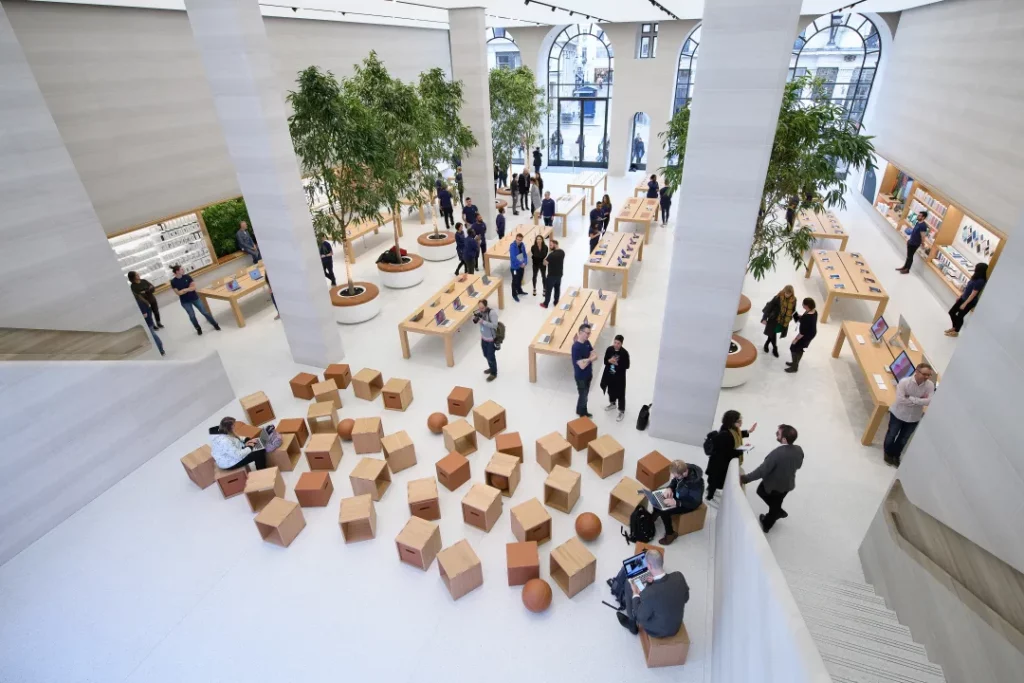Three winning strategies for smart building design

https://www.aia.org/articles/6438118-three-winning-strategies-for-smart-buildin
Today a growing number of architects recognize the advantage of winning more work through smart building design. According to the 2021 Hinge Report,* nearly half of architects surveyed cited smart buildings as a topic they plan to research in the coming year. Smart buildings use automation to optimize processes that occur inside a building, such as heating and cooling, security, lighting, ventilation, water usage, and more. This can benefit the environment, the building tenants, and the businesses that own the facilities.
More often than not, architects and engineers are being urged to look to the future and consider changes to help protect the environment and build more sustainably. This includes buildings that are being designed to be more sustainable, ecofriendly, and smarter. From small offices to a large university campus, buildings are classified as smart if they use technology to enhance building operations.
Here are three strategies you can use to incorporate smart buildings into your next design specifications:
1. Smart building tips. Smart building planning encompasses six key areas: connectivity, health and well-being, safety, power and energy, cybersecurity, and sustainability. While there are many details to work out during the planning phase, here are some quick tips to consider in each area:
- Smart lighting – Sensors can detect and trigger the control of lighting and can mimic the natural light progression of daylight. Brighter lights after lunch may be used to help workers focus, and soft lights in hospitals can help patients relax. An intelligent system can also shut off lights when employees have left the building.
- Air quality monitoring – Buildings can be equipped to monitor and detect harmful air quality and adjust the ventilation if needed. Smart systems can also monitor when filters need to be replaced and have sensors to regulate outdoor air intake, providing the right balance of conditioned air for energy conservation and fresh air for ventilation.
- Building security – Technology makes it easier for facilities managers to keep buildings safe. This includes access control systems like badge readers or alerts when certain doors are left open.
- Predictive maintenance – Leveraging data, building operators can see indicators of potential problems and take corrective action before systems fail.
- Optimized HVAC systems – An optimized system can reduce water flows as well as pump and fan speeds, significantly reducing expenses.
- Intelligent parking – Cameras and sensors can detect when parking spots are available and send this information to drivers, directing them where to go.
2. Go green. The design of smart buildings intersects with green buildings where resource-efficient models of construction include specific features, such as sustainable materials, renewable resources, green roof systems, improved acoustics, and clean indoor air quality. When designing a smart building, the green aspects can include concepts such as net zero, which strives to balance resource usage and production to reduce environmental impact. Smart buildings can create energy using solar panels, which absorb and convert the sun’s radiation into electricity and reduce the need for gas.
3.Smart product research. Materials are being engineered to be smarter, stronger, sleeker, and easier on the planet. To keep a competitive edge, architects need to stay up to date on these material innovations. Buildings crafted with well-thought-out, intelligent materials will be more equipped to solve ongoing challenges, reduce their carbon footprint, and make an impact in the industry.
Smart building technology can diminish a whole host of building related health issues. Benefits include improving indoor air quality and reducing symptoms of asthma, respiratory distress, depression, and stress. Students in smart building schools have reduced absenteeism, higher test scores, and better overall academic performance. Patients in sustainable health care facilities have faster recovery times.
Summary
Smart building strategies can reduce energy costs, increase the staff productivity, improve building operations, support sustainability, and enhance decisions made across the organization. The future seems bright: Architects who incorporate smart design will win more work. Buildings crafted with well-thought-out, intelligent materials will be better equipped to solve ongoing challenges, reduce their carbon footprint, and make an impact in the industry.
*Hinge Report is a study that provides an in-depth look at the major trends impacting the architecture, engineering, and construction (AEC) industry.
Deltek Specpoint software improves how architects, engineers, and product manufacturers collaborate, bringing teams together to work more efficiently and make data-driven product decisions for better built projects. Enhance project outcomes by easily sharing, updating, and distributing specifications that leverage MasterSpec content to better support dispersed teams. Learn more.

Professional Recruiter Associates